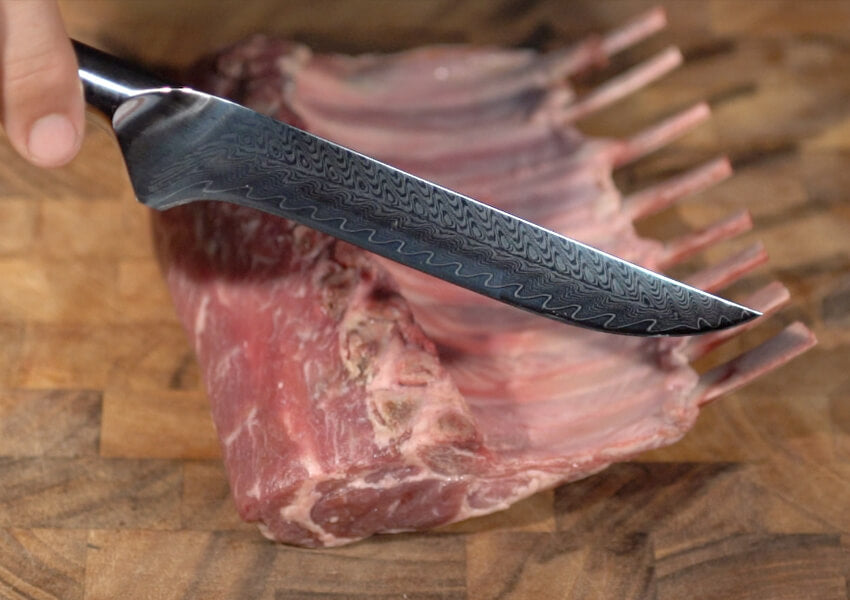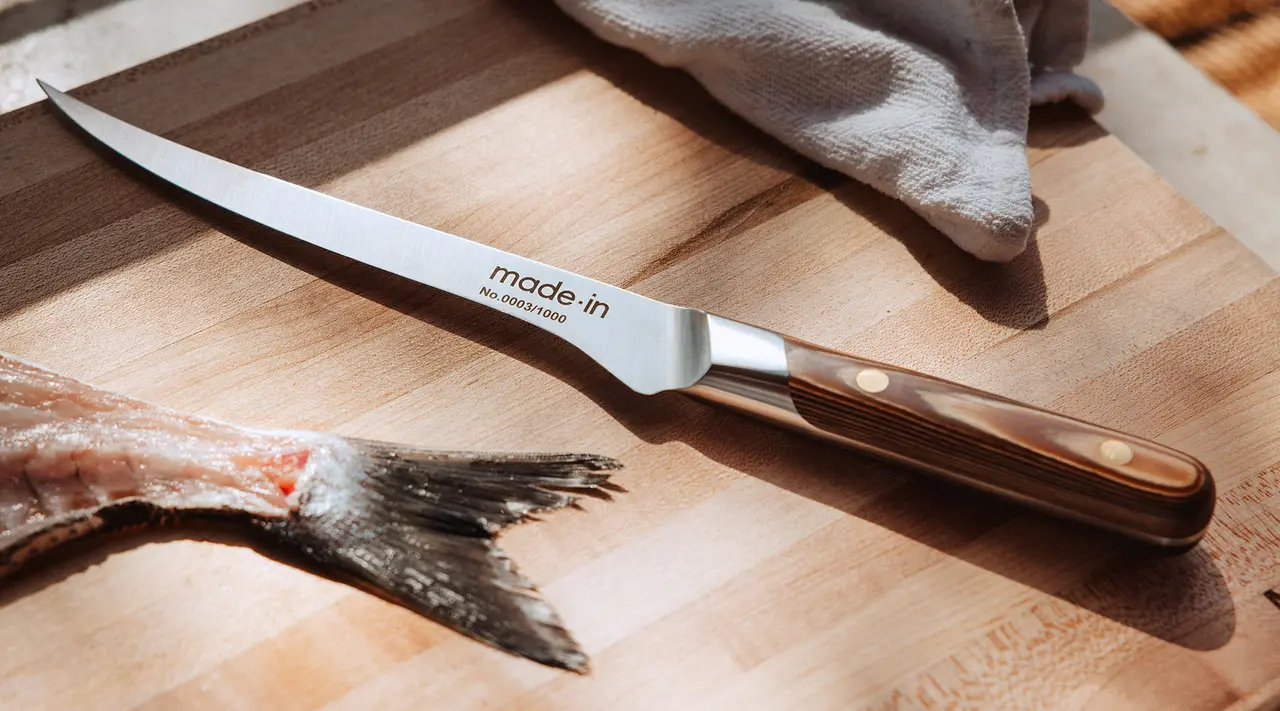When it comes to culinary expertise, understanding the right tools to use is essential. Among these crucial tools is the boning knife, known for its versatility and precision. Whether you are a professional chef or a home cook, knowing the various boning knife uses can greatly enhance your kitchen experience.
In the initial stages of culinary learning, many might overlook the importance of a boning knife. However, its specific design and function make it an indispensable tool in food preparation. This article will explore the numerous boning knife uses that can help you prepare food more efficiently.

Understanding the Boning Knife
A boning knife is a specialized kitchen tool designed to separate meat from bones. Its narrow and flexible blade allows for precision cutting, making it easier to navigate around joints and bones without damaging the meat.
Design and Features
The design of a boning knife includes a thin, sharp blade that usually ranges from 5 to 6 inches in length. The blade can be either flexible or stiff, depending on the specific use. Flexible blades are ideal for delicate meats like fish, while stiff blades are better suited for tougher meats.
Primary Boning Knife Uses
The primary boning knife uses revolve around removing bones from meat, poultry, and fish. Let’s delve deeper into these applications:
Deboning Meat
One of the most common boning knife uses is deboning meat. This process requires precision and skill, as you need to carefully separate the meat from the bone without wasting any of the product. A boning knife is perfect for getting into tight spaces and making clean cuts.
Filleting Fish
Filleting fish is another crucial boning knife use. The flexible blade of the knife allows it to glide effortlessly along the backbone of the fish, ensuring that the flesh is removed in one clean piece.
Trimming Fat and Skin
Trimming fat and skin from meats is another essential task that a boning knife excels at. Its sharp blade can easily remove unwanted fat or skin, leaving behind the best parts of the meat for cooking.
Advanced Uses of a Boning Knife
Beyond the basic boning knife uses, there are advanced techniques that can further showcase its utility in the kitchen:
Butterflying Meat
Butterflying is a technique used to create a uniform thickness in meat, which helps in even cooking. A boning knife is perfect for this task due to its control and precision.
Preparing Poultry
When preparing poultry, a boning knife can be used to remove the backbone, carve the breast, or even spatchcock a chicken. These tasks require a knife that can handle delicate and precise cuts.
Choosing the Right Boning Knife
Selecting the right boning knife depends on the specific tasks you intend to perform. Consider the blade’s flexibility, handle comfort, and the type of meats you will be working with most frequently.
Blade Material
The material of the blade is crucial for maintaining sharpness and longevity. High-carbon stainless steel is a popular choice for its durability and ease of sharpening.
Handle Comfort
A comfortable handle ensures a firm grip and prevents hand fatigue during prolonged use. Look for knives with ergonomic designs that fit well in your hand.
Maintaining Your Boning Knife
Proper maintenance of your boning knife is essential to ensure its longevity and performance. Regular sharpening, cleaning, and storage are key factors in keeping your knife in top condition.
Sharpening
Regular sharpening is crucial to maintaining the blade’s edge. Using a sharpening stone or a honing rod can help keep your knife sharp and ready for use.
Cleaning and Storage
After each use, clean your boning knife with warm soapy water and dry it immediately. Store it in a knife block or on a magnetic strip to prevent damage to the blade.
Boning Knife Safety Tips
Safety is paramount when using any knife. Always cut away from your body, use a cutting board, and keep your fingers clear of the blade’s path. For more safety tips, check out our detailed guide on knife safety tips.

FAQs
What is a boning knife best used for?
A boning knife is best used for removing bones from meat, poultry, and fish. Its sharp, narrow blade allows for precise cuts, making it ideal for deboning tasks.
Can a boning knife be used for other tasks?
Yes, a boning knife can also be used for trimming fat, skinning, and even filleting fish. Its versatility makes it a valuable tool in any kitchen.
How do I maintain my boning knife?
Maintain your boning knife by regularly sharpening it, cleaning it after each use, and storing it properly to prevent damage. Regular maintenance ensures optimal performance and longevity.
For a comprehensive understanding of boning knives, you can also visit this external guide.
This article contains affiliate links. We may earn a commission at no extra cost to you.


